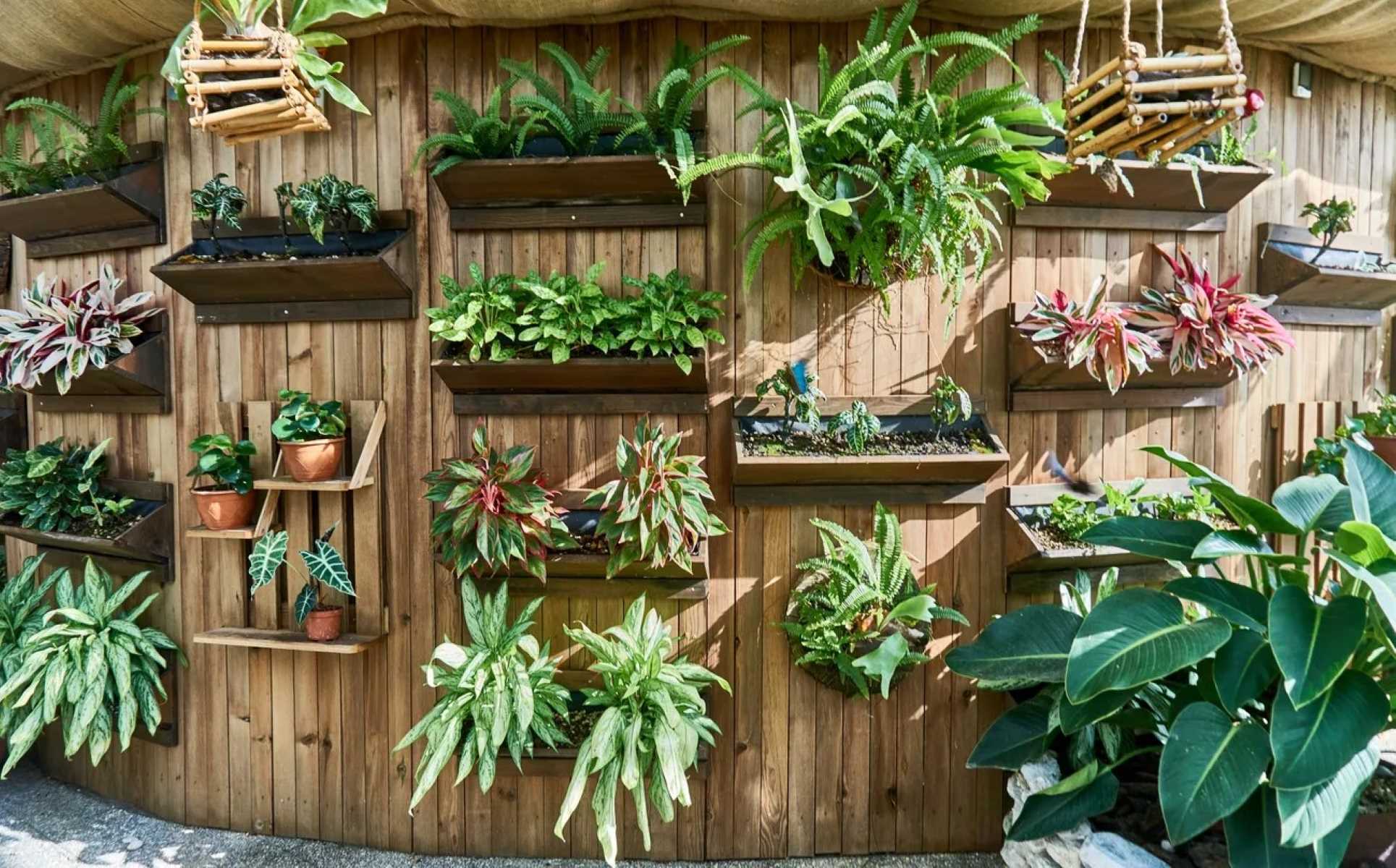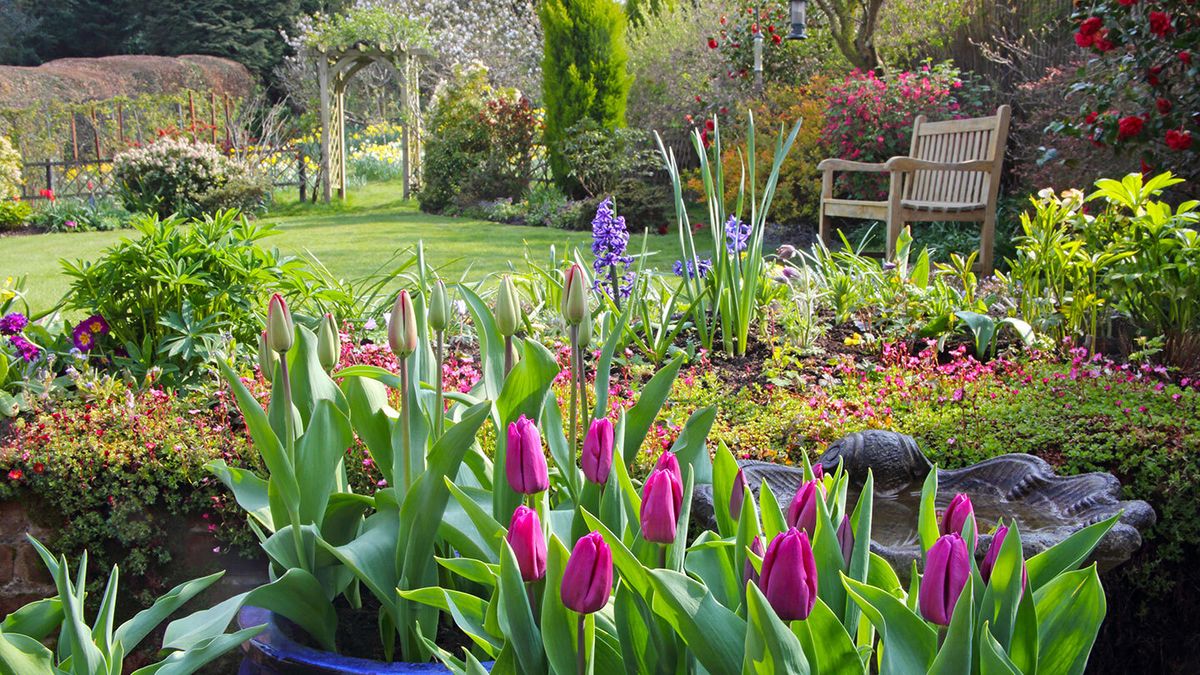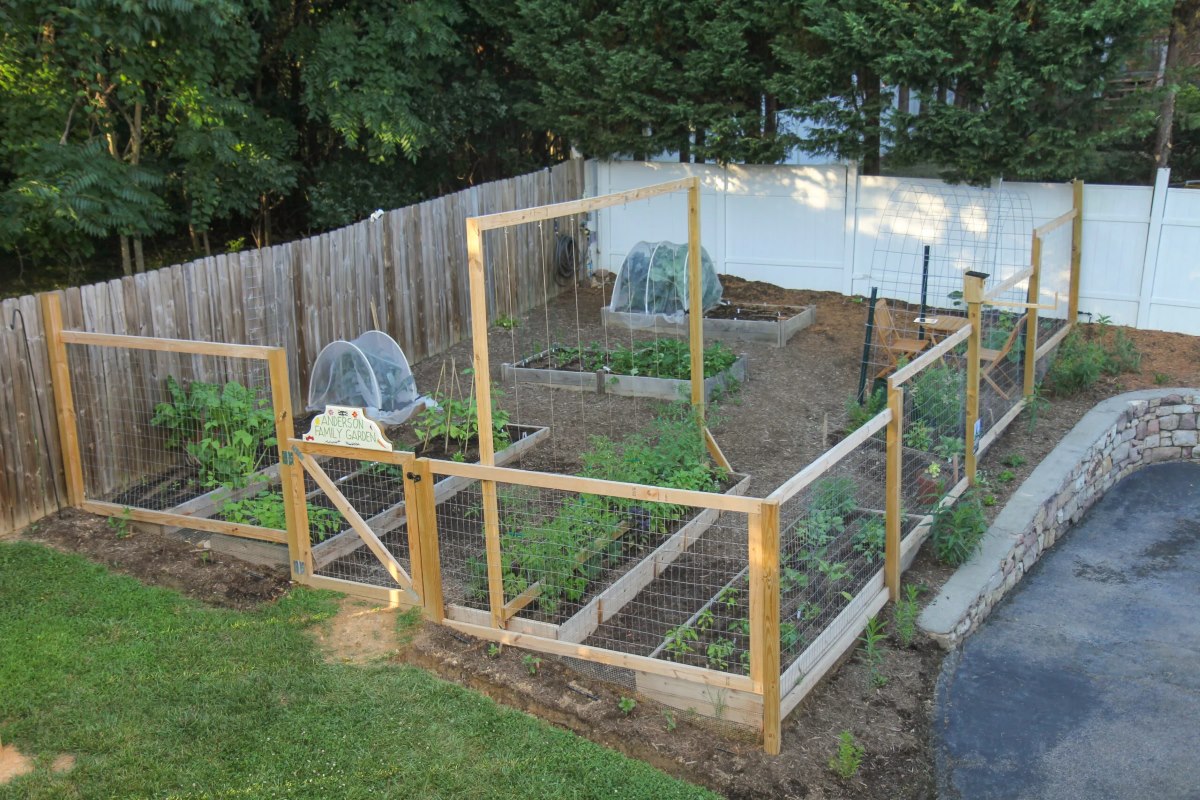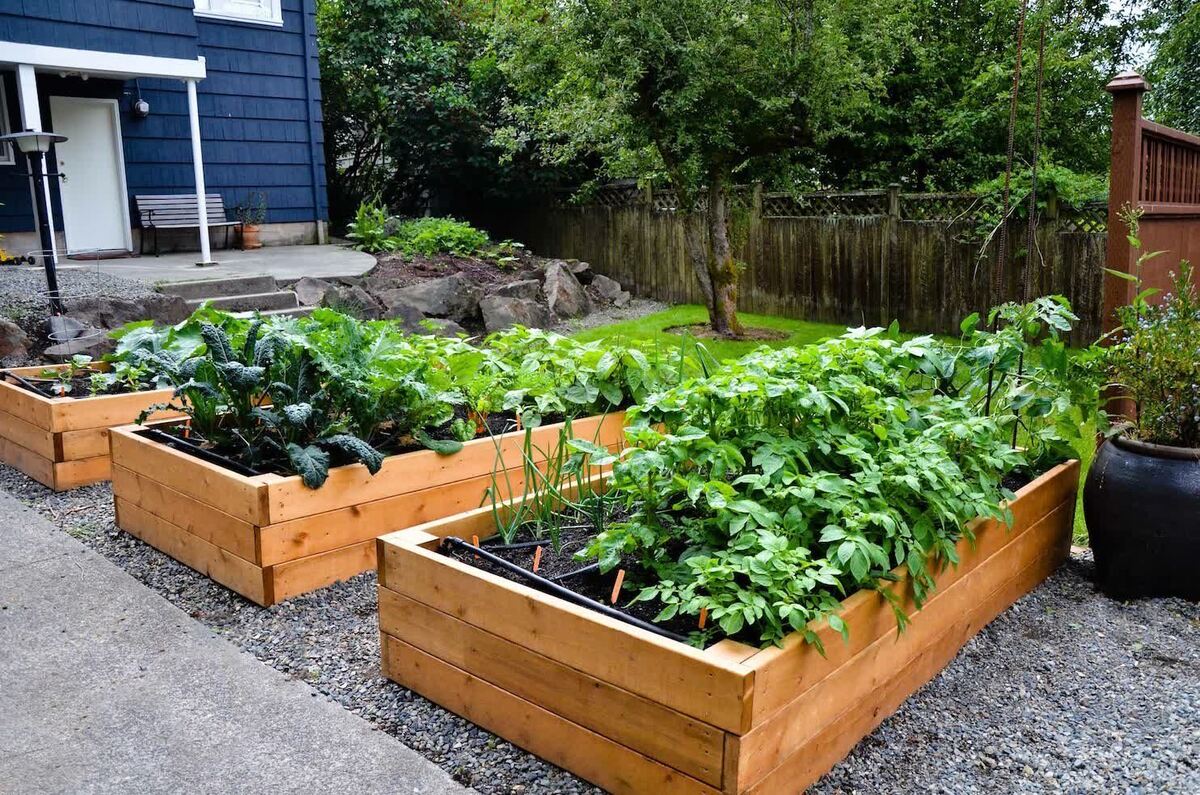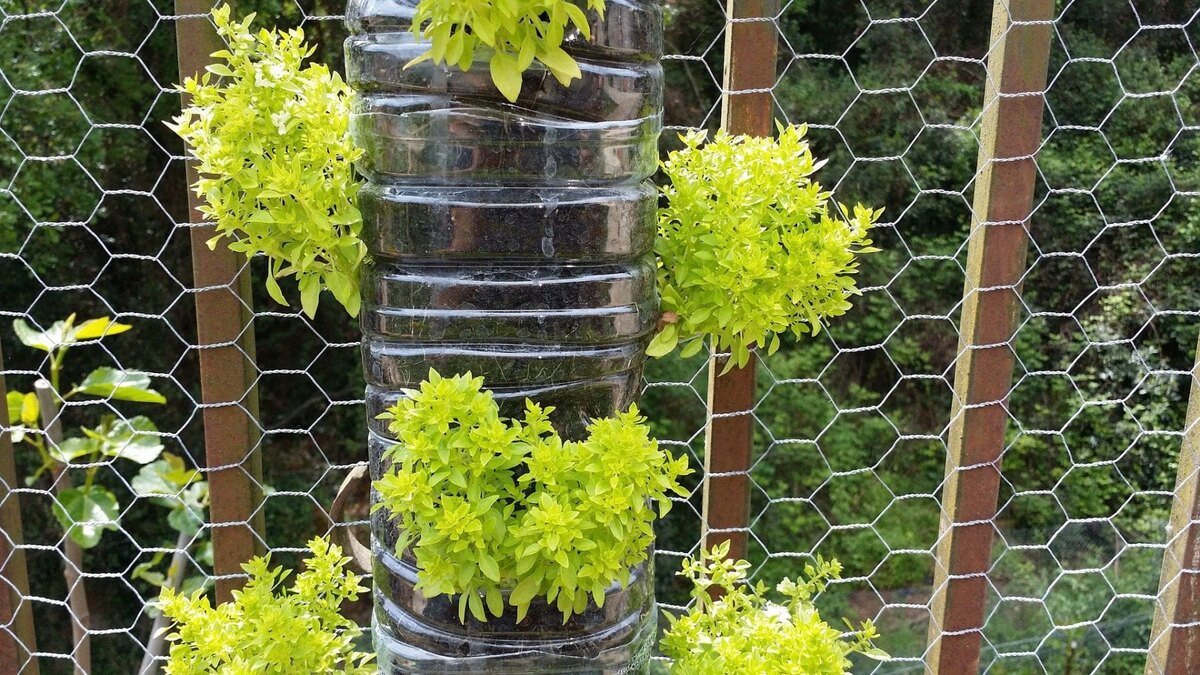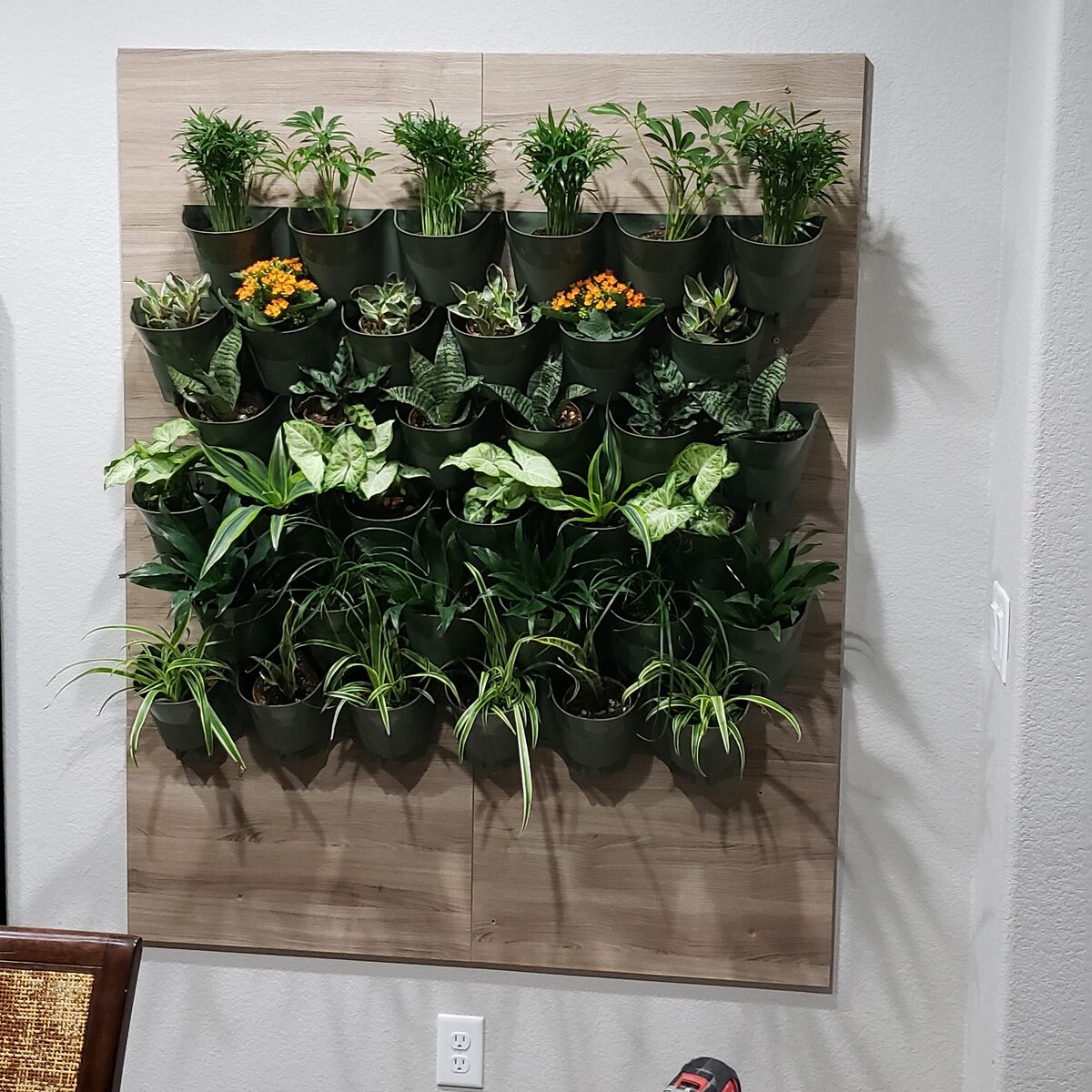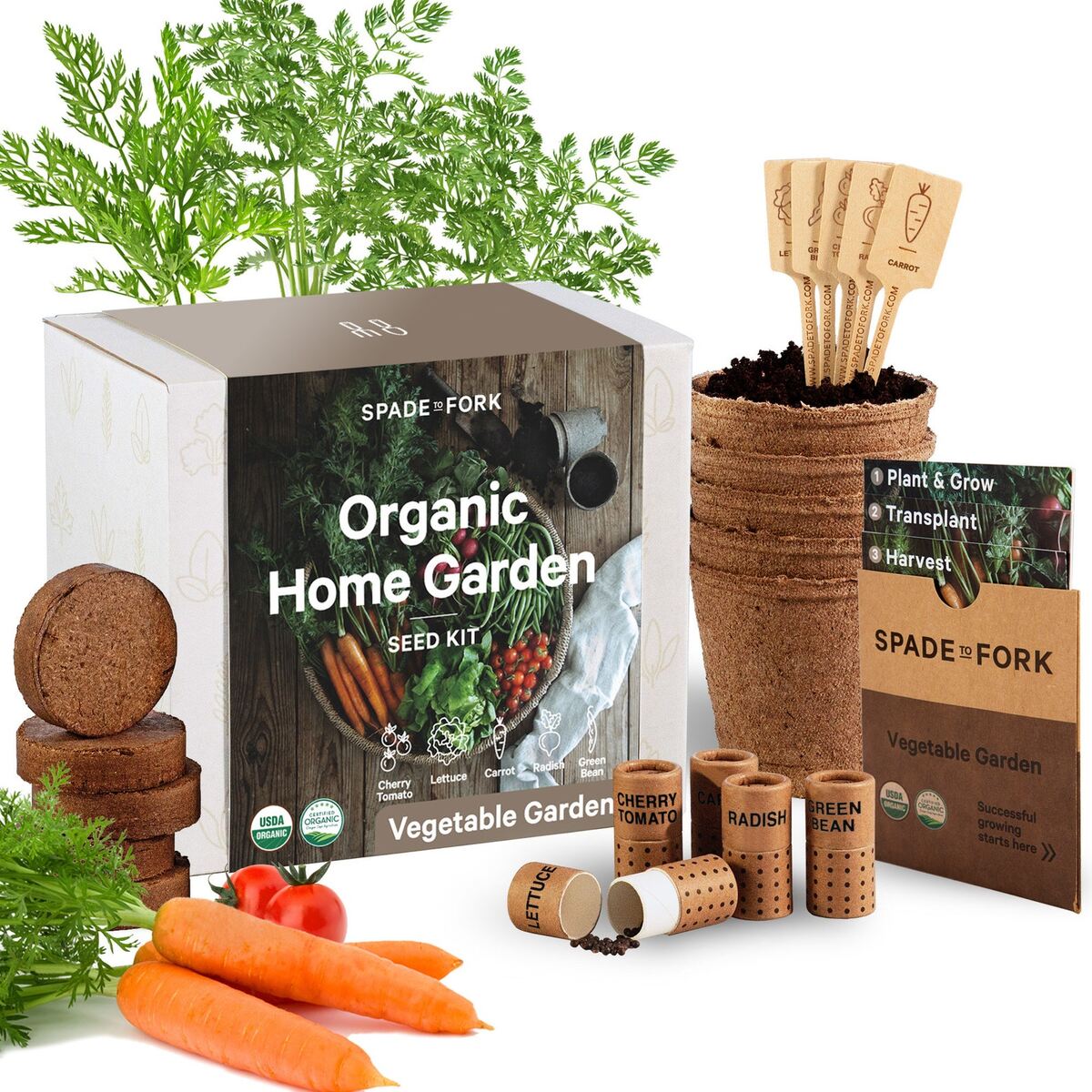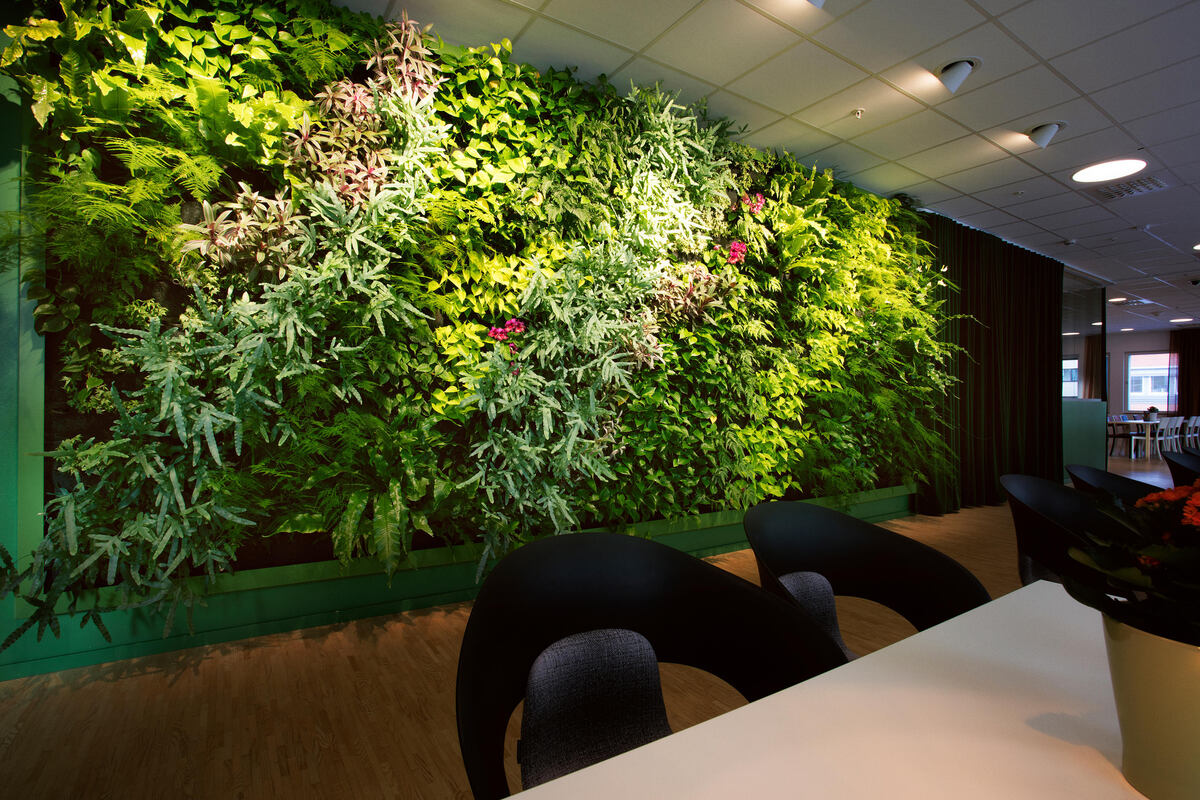Home> Urban Gardening
Unlock the Secrets of Thriving Urban Gardens: Boost Your Green Thumb!
Discover the secrets to successful urban gardening and unlock your green thumb! Boost your skills with expert tips and techniques for thriving urban gardens.
Small Vegetable Garden Ideas: 15 Ways To Maximize Your Space
By: Alexander Johnson • Garden Storage
Vertical Garden Ideas: 10 Beautiful Designs And Ways To Plant Upwards
By: Emma Thompson • Garden Storage
